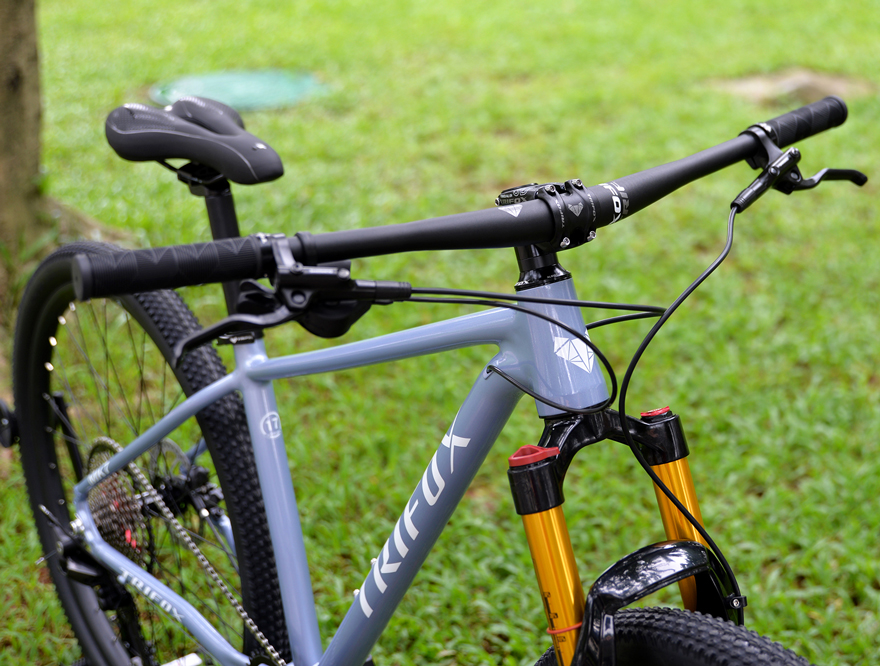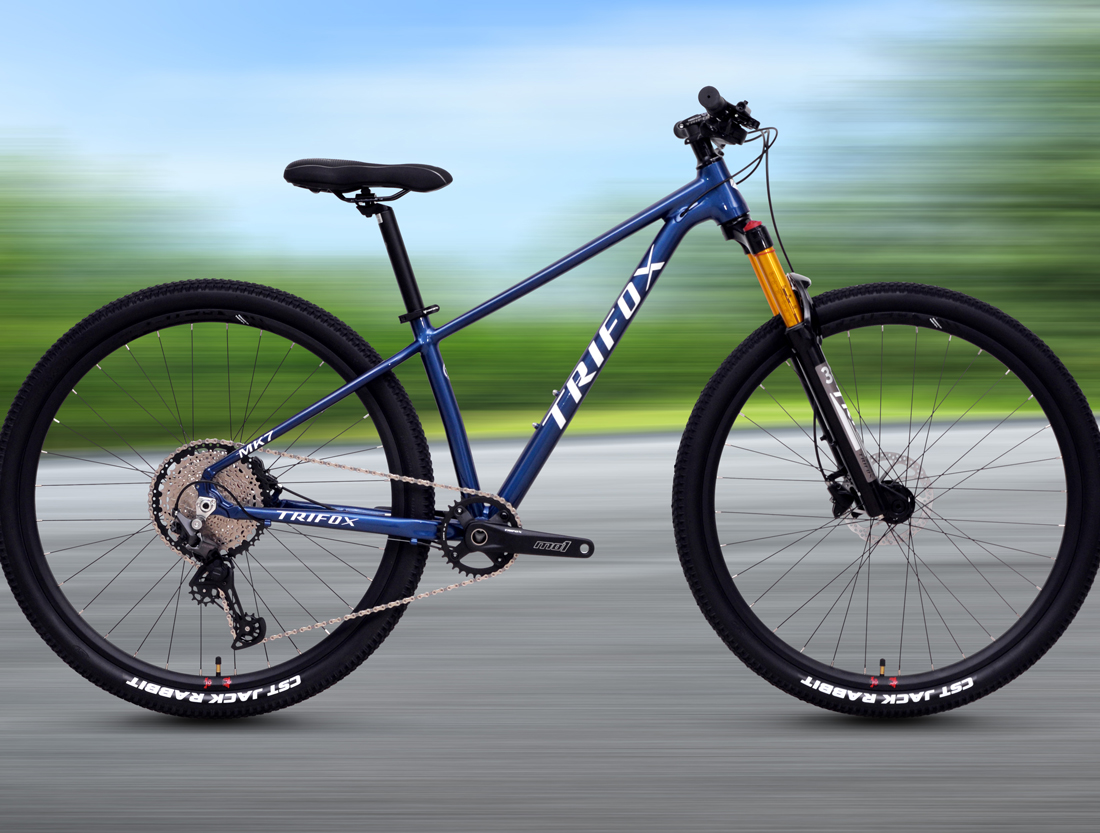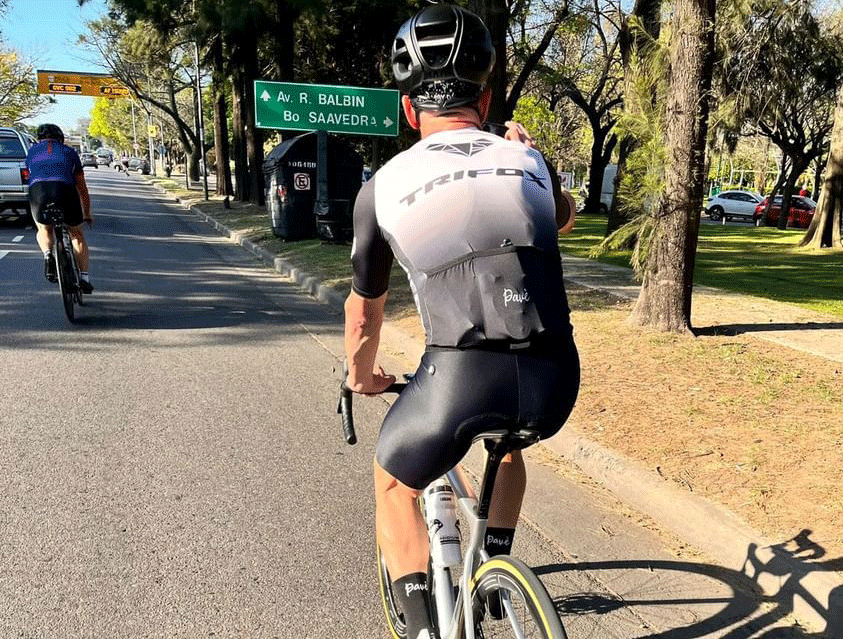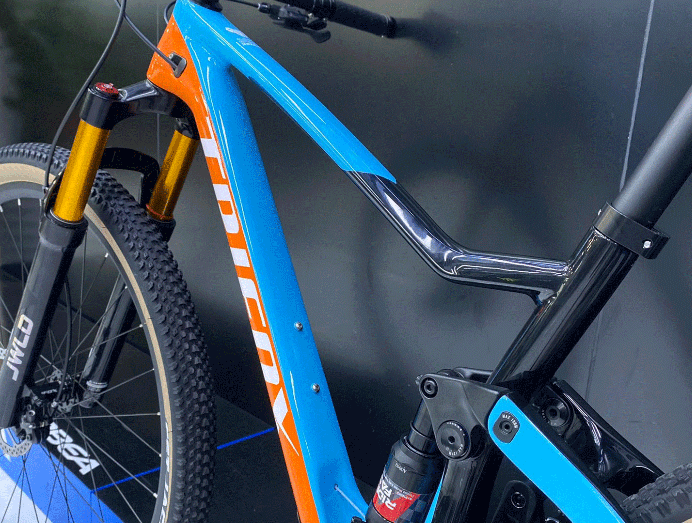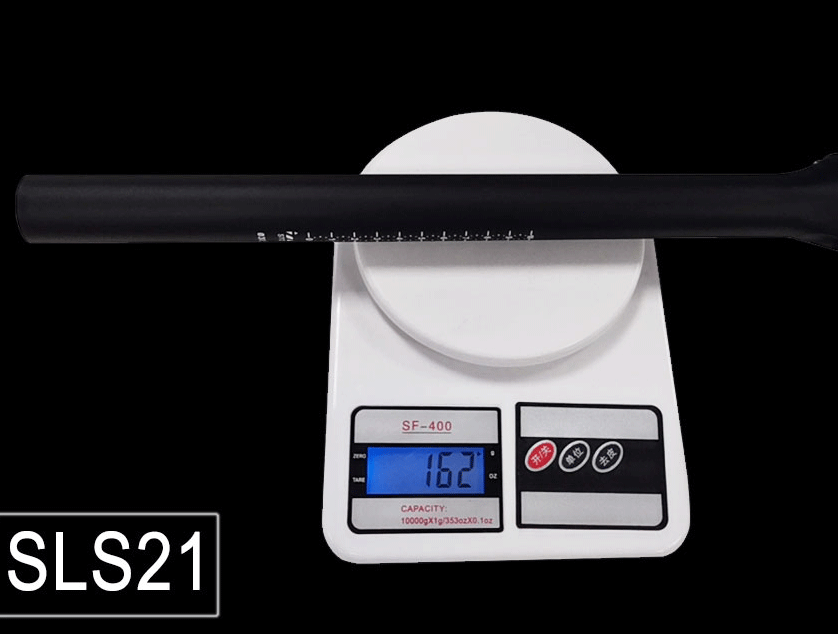Senior cyclists should know that if you run hundreds of kilometers outside in a day, the mudguard is useless. The role of the mudguard is limited to the urban area. It slowly walks on the flat and clean road at a speed of more than ten kilometers per hour, and the muddy water carried by the wheels is also weak.
Weak, thrown obediently on the fender without splashing on the bike body or human body. But if you participate in formal cycling activity, nature will be completely different:
1. The cycling speed is faster than commuting riding, the slowest speed is also more than 15 kilometers per hour, and the average speed is about 20 kilometers per hour. The number and speed of dust and mud splashing have greatly increased. The shielding effectiveness of the mudguard will be reduced as a result. If you are in the city, the mudguard can cover block 90% of the splashes, but it may only be 60% in fast cycling conditions.
2. The cycling time is very long, 5-10 times longer than the daily commuting riding time. The accumulated amount of dust, mud, and water has increased significantly. The daily commute cycling time is relatively low. Assuming that the splash accumulation per hour of cycling in the urban area is 1, then combined with the upper line, the splash accumulation will reach 4. If you ride for 5 hours, the dirt accumulation on the bike will reach 20.
3. The burden of weight and volume (wind resistance) on physical strength increases: For example, if you carry a pound of objects for one kilometer, the energy consumed is 1KJ, which is very inconspicuous, right? But if you ride 100 kilometers at a higher speed (the wind resistance will increase), it's 150KJ, which is an order of magnitude number of is not easy to ignore.
4. The mudguard itself also has the function of holding and carrying dirt, which will add extra weight. A bike without mudguards may only hold 50 splashes of dirt, but if it is a bike with mudguards, because of the increase in surface area, the dirt holding quantity may rise up to 55, or higher.
5. When passing through mud, when the mud is caught between the wheel and the fender, it will greatly increase the cycling resistance or increase the probability of bicycle damage.
6.When cycling on complex road conditions (such as forest roads), the mudguards will scratch or even entangle with the plants, and the completion of certain cycling actions will also be affected. In short, it is an obstacle.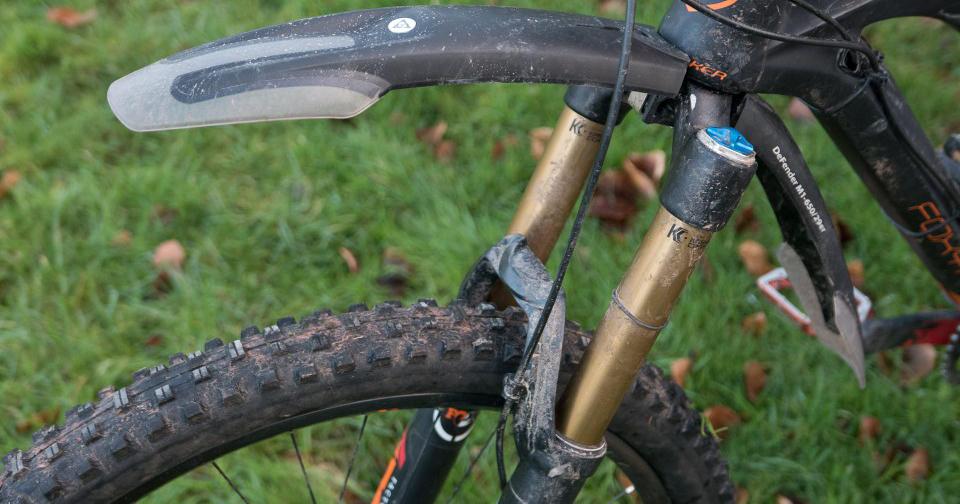
Finally, re-summarize the problem in plain language:
1. The mudguard is basically ineffective in riding activities.
2. The mudguard will increase energy consumption during cycling activities.
3. will increase the probability of failure. Therefore, this type of mountain bike does not require mudguards. If the subject is only doing slow cycling on general roads, you can use a station wagon.
4. The hidden safety hazards of mudguards: general mudguards are made thin and wide, and the materials are mostly steel, aluminum, plastic, resin, and other materials with a certain hardness. It's like a knife without a blade. In other words, it is a sharp protrusion on a bike. When the cyclist accidentally crashed, the kinetic energy is very large at this time. This sharp protrusion is very easy to cut your skin under the huge kinetic energy, especially in the summer when the riders wear very little and their bodies are exposed. The parts are many.






























































